The Realme GT2 Pro has been one of the most exciting smartphones of the early part of the year, offering pretty much everything you’d need from a high-end smartphone, at a lower price point than flagships on the market and as an alternative to Oppo’s Find X5 Pro or OnePlus 10 Pro. The Chinese brand is now back with the GT Neo 3, which looks to be an alternative to the OnePlus 10T, with similar capabilities, an original design and a surprising processor in many ways.
Realme adopts ‘sporty’ design for GT Neo 3
For the GT Neo 3, Realme has once again adopted a design inspired by racing cars, with high performance being one of the goals of this model. So we’re dealing with a smartphone equipped with a matte plastic cover on the back with two black stripes from top to bottom. I’ve seen something similar on the original GT model, but I find the black and white combination more appealing than last year’s yellow and black.
On the back we have a prominent camera module with a large lens at the top for the main camera and two smaller modules for the secondary ones. The symmetrical design of this module is very pleasing though, and the positioning of the flash is very inspiring. Considering that on the front, the Realme GT Neo 3 is a “plain” smartphone with a flat screen and plastic edges that don’t stand out at all, the back of the phone is almost completely “in charge” of the visual appearance and does a good job. If there’s anything I’d change about Realme phones in general, it would be removing the “Dare to leap” motto from the casing, leaving just the brand logo.
In the box of the Realme GT Neo 3 we get pretty much all the usual accessories: a dark grey transparent silicone case, which should be a bit more resistant to yellowing, a charging cable with USB-C on both ends, a 160W charger and a plastic wrap, already applied to the device’s screen. However, I would have preferred a completely transparent case that would bring out the white color of the phone. Being an almost completely plastic model, with only the screen being covered in glass, this could probably also be one of the phones you can use even without a cover. The matte texture of the back cover is pleasant to the touch and quite fingerprint resistant.
The display is similar to what we’ve seen on other models in this price range
The screen has become one of the most important features of a smartphone over time, and Realme hasn’t compromised on this front. Even though we’re talking about an upper mid-range phone, the GT Neo 3 is equipped with a display similar in performance to the OnePlus 10T, which considered a high-end model in terms of performance. We’re talking about a 6.7″ diagonal OLED panel with Full HD+ resolution at 120Hz, with HDR10+ compatibility. There’s also the option to turn up the brightness in HDR mode, but the default colours are oversaturated.
You can quickly resolve in software to switch to a natural colour profile, or better configure colours to your preference for a warmer or cooler, more saturated or desaturated look than the default. As a flat screen, the viewing experience is pleasant even when the light hits from certain angles, the brightness is good enough for comfortable use in bright sunlight, but lacks one high-end feature: variable refresh rate. The phone can change between 60 and 120 Hz depending on the applications used, but it can’t dynamically downshift like an LTPO screen. For this reason, power consumption is also quite high in 120 Hz mode.
The MediaTek Dimensity 8100 processor in the GT Neo 3 surprises at a key point
I didn’t expect the Realme GT Neo 3 to offer high-end performance comparable to what we’re seeing on the new flagships of the moment, but I have to admit I was pleasantly impressed with the Dimensity 8100 chipset. This is the second-tier model, just below MediaTek’s Dimensity 9100, and seems to offer performance comparable to last year’s flagships like the Snapdragon 888.
What I didn’t expect from a MediaTek chipset, however, is that performance will be sustained over the long term. So whether you’re running a fast test, or running advanced games or other apps that stress the processor constantly, I didn’t notice any overheating and thus no performance drops. I ran the stress test in the 3DMark app and over the course of half an hour, the phone retained 98.9% of its performance. Virtually every test ran at full performance, with only normal variations within a margin of error.
And this processor impresses in other tests too. In Geekbench, for example, it manages to score higher in multi-core tests and than Snapdragon 8/8+ Gen 1-equipped models, for example. The only category where it loses out with significantly lower scores to other high-end models is GPU, where performance is somewhere in the middle. However, in most advanced 3D games, such as PUBG Mobile, Asphalt 9 or Call of Duty Mobile, the phone will certainly perform exemplary, and for long gaming sessions, performance might be more consistent than on phones considered more powerful.
I suspect that Realme and MediaTek have achieved such performance with the GT Neo 3 by choosing an efficient cooling system, probably with a large vapor chamber, as well as by choosing a modern 5nm manufacturing process, even for a processor considered average.
Benchmarks
- AnTuTu – 823.303
- GeekBench – Single-Core: 972 / Multi-Core: 4,097
- 3DMark Wild Life Extreme Unlimited – 1.127
- 3DMark Wild Life Unlimited – 5.702
- 3DMark Wild Life Extreme Stress Test – Best: 1.523 / Lowest: 1.506 / Stability: 98.9%
- PCMark – 10.826
Average range, but extremely fast charging
If there’s one area where I wasn’t very happy with the Realme GT Neo 3, it’s battery consumption. It seems that the 120Hz display as well as the processor consume more power than I would have expected. So despite coming with a 5,000 mAh battery, this is a normal day use phone, not a two day use phone. Compared to other models, I especially found that in standby, the phone consumes too much power, even with the screen off. If Realme could fix this problem in software, perhaps the GT Neo 3 could become a two-day battery smartphone.
Fortunately, range is not such a big issue for this model. We said at the beginning that the phone comes with a 160W charger, which seems to be the same one we saw on the OnePlus 10T. Both phones however charge at “only” 150W, which means you can power from 0 to 100% of its battery in less than 20 minutes, and you can power 20-30 or even 50% of its capacity in less than 10 minutes. So even a few minutes on charge before you leave can provide plenty of battery life until you get home.
GT Neo 3 offers pretty neat software
RealmeUI is an alternative version to ColorOS and OxygenOS from Oppo and OnePlus, the three versions have a lot in common under the “hood”. Unlike OnePlus however, Realme subsidizes part of the phone’s off-the-shelf cost by integrating “ads”. Fortunately, we don’t get too much bloatware, as we’ve seen from Huawei or Xiaomi in recent years, with only five extra apps in the menu, in addition to Google and Realme.
In the main menu we identified pre-installed apps such as Facebook, Amazon, TikTok, Booking and LinkedIn, some of which are among the most popular among smartphone users, so they would have been installed anyway.
The interface is otherwise quite “clean” and simple, and I particularly appreciated the fact that it offers a choice between classic navigation buttons and gestures on first setup, something other companies omit.
What’s not clear though is the software support Realme guarantees for this model. During testing we received a software update that we applied to improve camera performance, but it’s unclear how many system updates it will receive during its “lifetime”. The GT Neo 3 is considered a mid-range model, and most manufacturers usually offer one, maximum two major updates on such devices.
Fingerprint sensor and speakers perform well
When it comes to the fingerprint sensor and speakers, it looks like Oppo, Realme and OnePlus use pretty much the same technologies, so the performance of both categories is similar between mid-high and high-end models. The fingerprint sensor is among the fastest on the market, being integrated into the bottom of the screen, while the speakers are powerful but don’t have as good frequency separation.
The sound also has some bass, but not very loud, and the mids and highs are quite mixed at high volume. What’s more, the call speaker, used for stereo playback, plays sound at significantly lower volume than the main speaker.
Realme adopts an average camera on the GT Neo 3
From the Realme GT Neo 3’s camera I didn’t have very high expectations, as it seems to be very similar to other mid-range models of the last couple of years. We’re talking about a 05-megapixel main camera with optical stabilization, an 8-megapixel ultrawide and a 2-megapixel macro camera, which seems to be integrated more for the design of the camera module than for its capabilities.
Indeed, the main camera is comparable to what we’ve seen on Realme, Oppo and OnePlus devices lately, except that the color and detail processing is closer to Oppo than OnePlus. That’s because in night mode, at least, images get very high brightness, with sharpness a little too aggressive.
In daytime, frames are fairly balanced, but I noticed that the Realme algorithm keeps trying to overexpose, with white elements or the sky often burned out in bright light. I suggest tapping the screen on the “burnt” elements to stabilize the exposure at normal value. And this problem could be corrected with a software update.
Photo day
But the ultrawide camera is only decent, with low resolution, being able to capture little detail during the day and completely inadequate at night. The GT Neo 3 also zooms 2x on the main camera via crop, with more than decent results, but the macro camera isn’t very versatile. It can only shoot from 4cm away, and images at 2 megapixels don’t capture much fine detail. The macro camera also requires a lot of light, so it’s especially useful on sunny days. Given that macro mode is hidden in the camera app under the “other” category, it’s clear that this camera wasn’t a priority for Realme.
Night Photo
The camera is thus an average one, with good daytime performance, and decent nighttime performance, with minor bugs and a macro camera that seems to be somewhat “extra”. I would have preferred no macro camera and a better performing ultrawide camera integrated.
Conclusions
The Realme GT Neo 3 is one of the easily recommended smartphones in its price category. Even though it’s not built from “premium” materials, the design is appealing and the performance it delivers, especially sustained performance over time, is impressive. It’s not the best-performing phone on the market, but it’s not one to ignore in this department either, and the camera is just average. However when you add in the very fast charging, the result is a top mid-range smartphone that’s hard to “beat”.
The only thing that might keep some potential customers away is the price of around 3,000 lei, which is pretty close to that of the top GT2 Pro and the more processor-equipped OnePlus 10T.
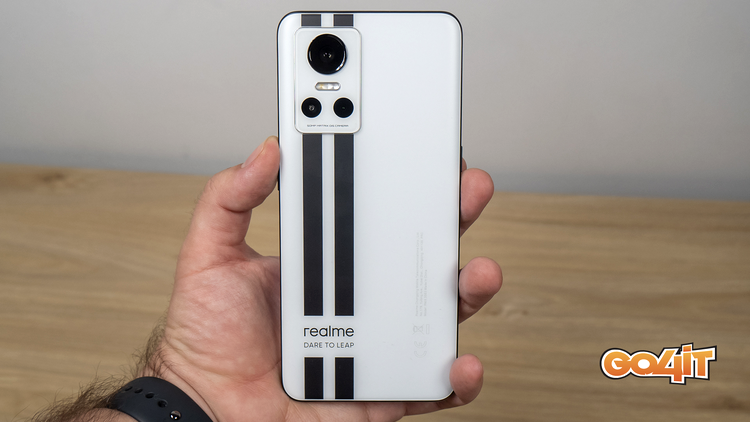
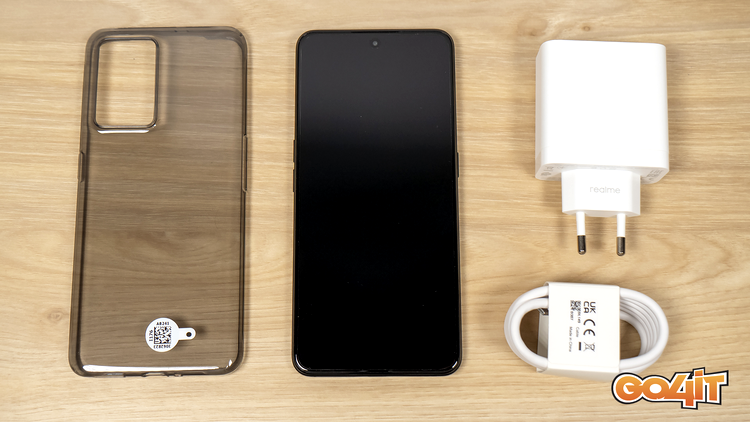
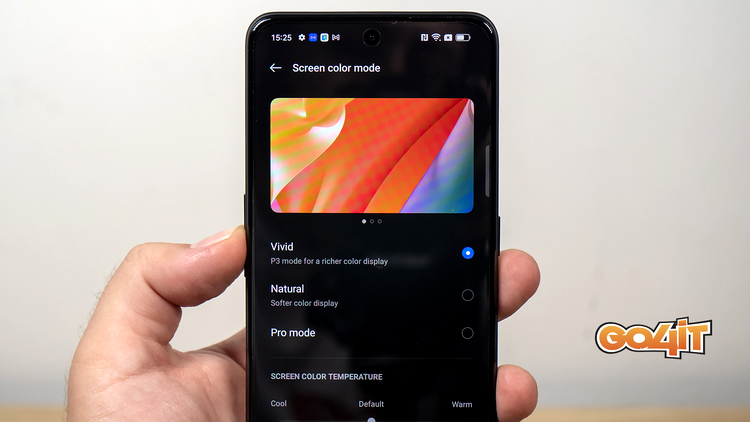
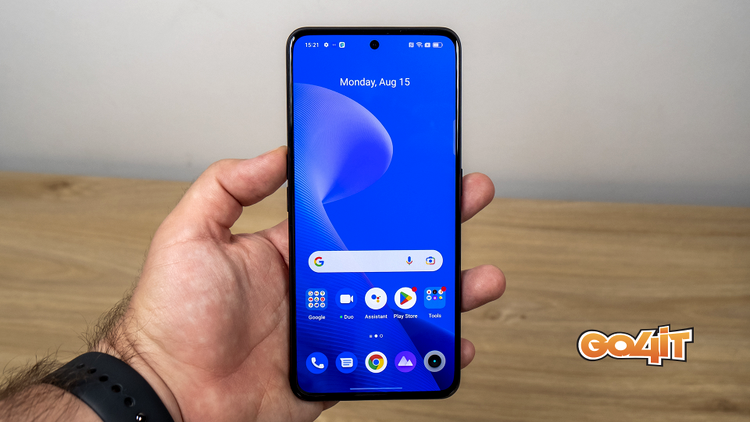
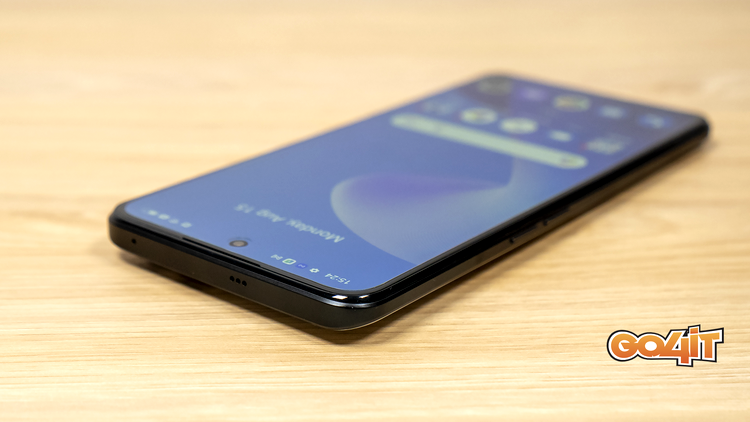
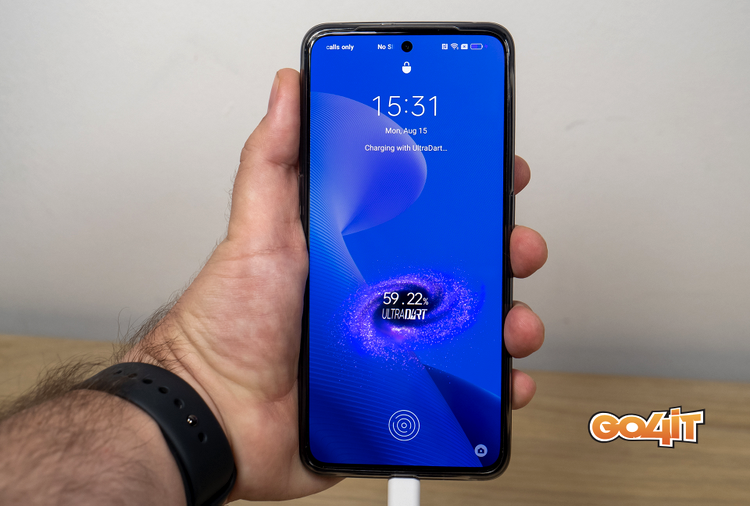
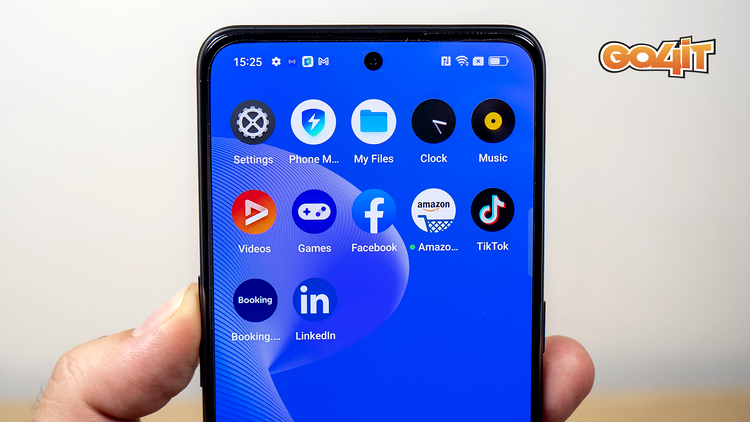
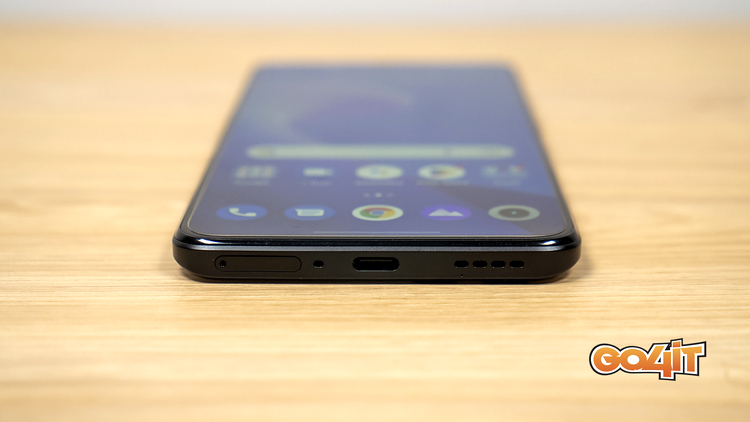
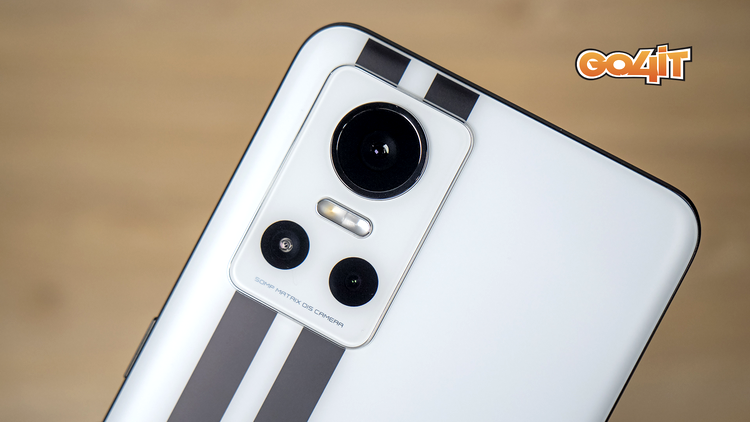

 What’s happening with AI? Researcher explains why you can look forward to more creative NPCs, competition for ChatGPT and hot dog tomatoes
What’s happening with AI? Researcher explains why you can look forward to more creative NPCs, competition for ChatGPT and hot dog tomatoes Cowboy launches new on-demand service: That’s what’s inside
Cowboy launches new on-demand service: That’s what’s inside The new 4K Fire TV stick is now brutally reduced and transforms your old television into a smart TV
The new 4K Fire TV stick is now brutally reduced and transforms your old television into a smart TV The best mouse I’ve ever had, convinces me for gaming, work and home office and is different than all its predecessors!
The best mouse I’ve ever had, convinces me for gaming, work and home office and is different than all its predecessors! The first smart glasses suitable for everyday use that you can buy
The first smart glasses suitable for everyday use that you can buy